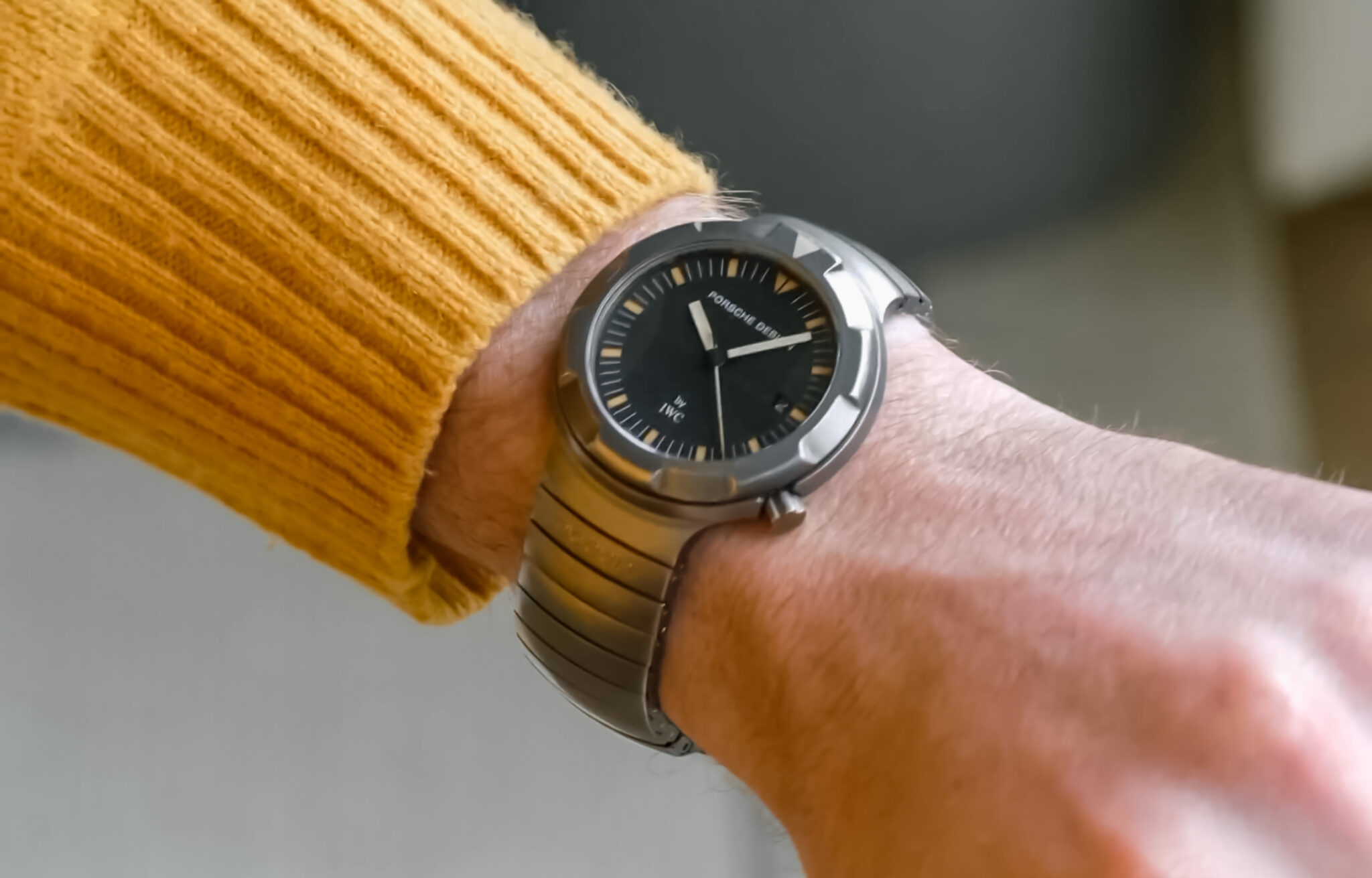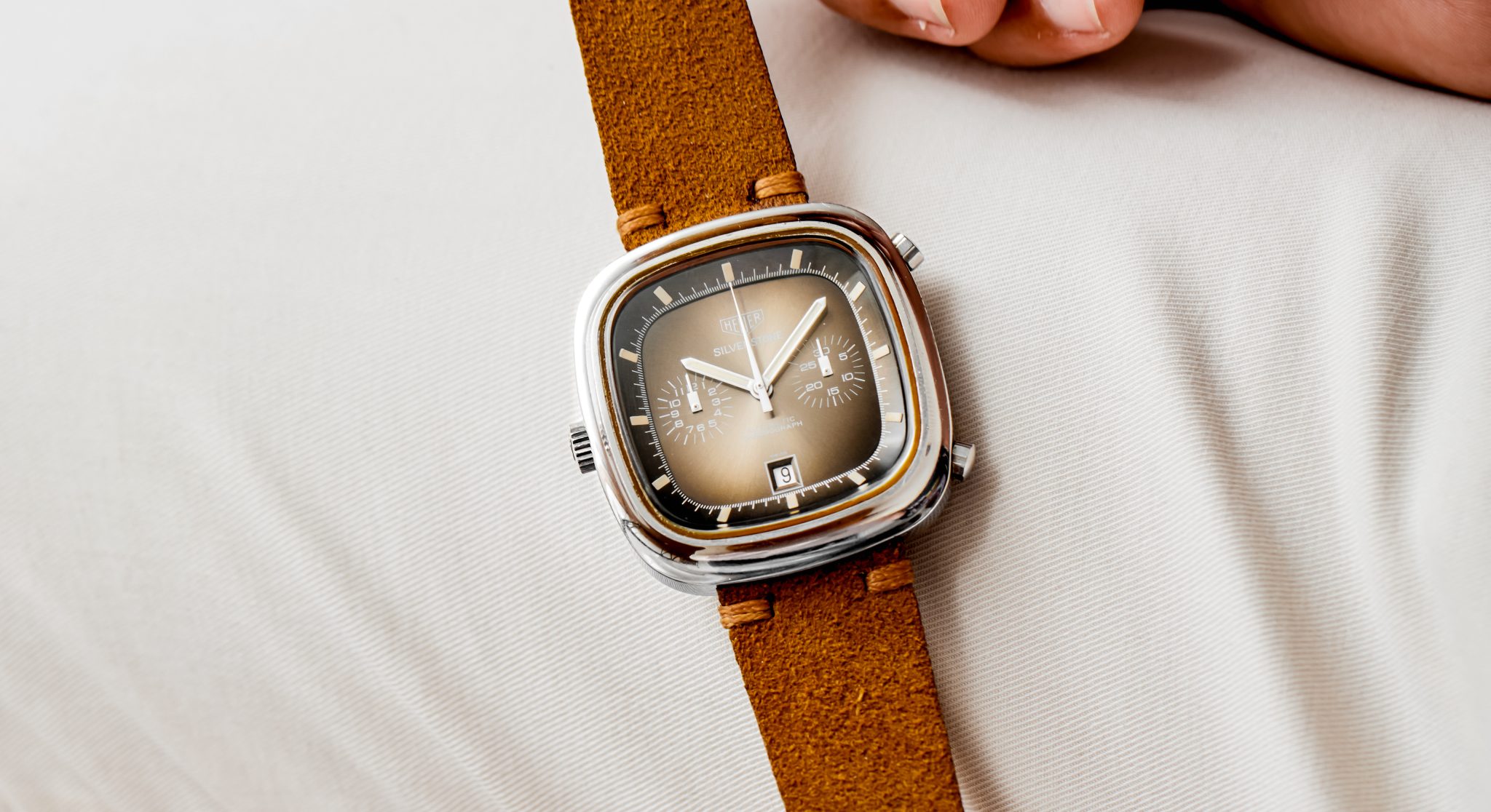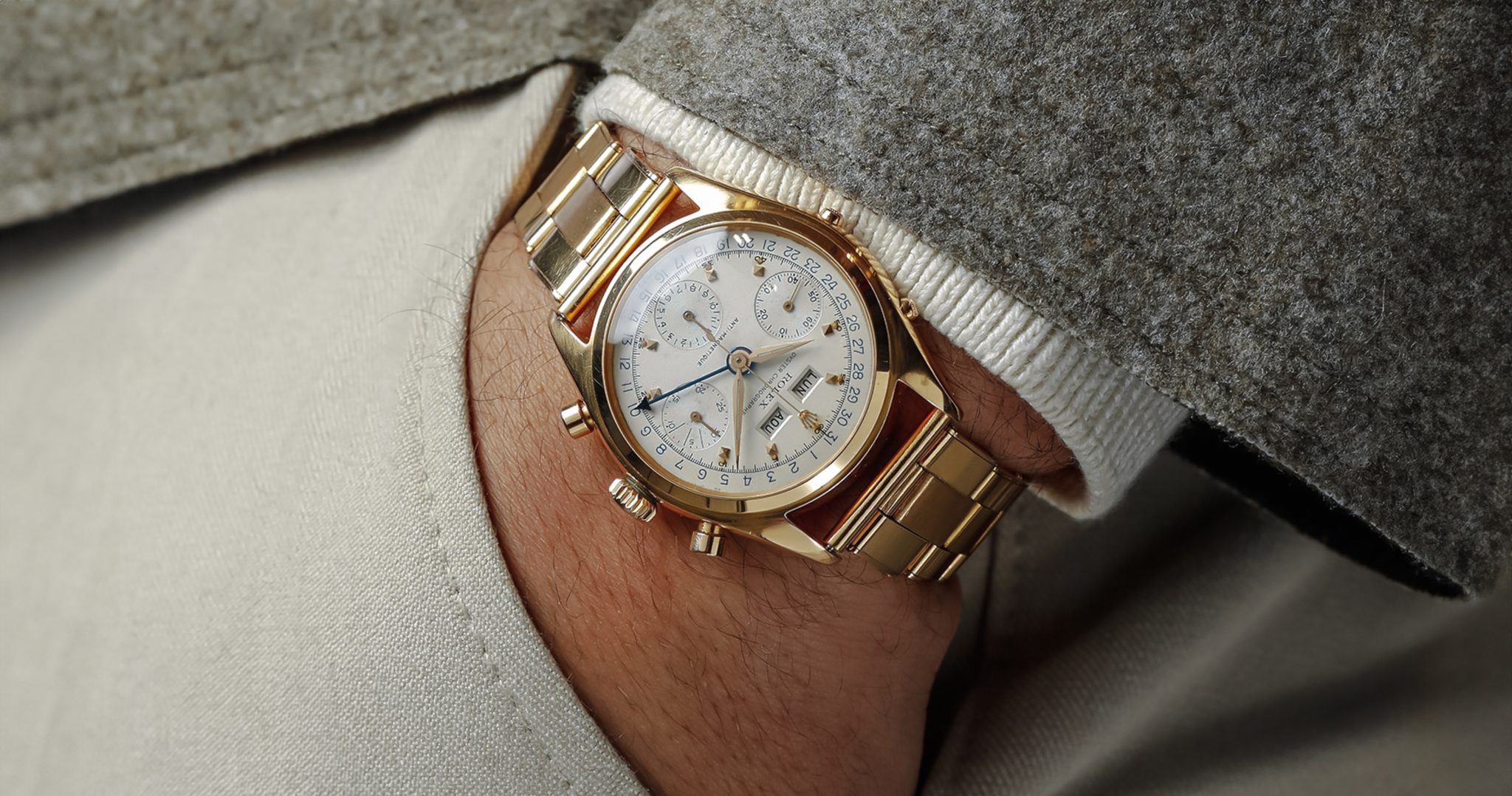
IWC Porsche Design Ocean 2000
This unassuming diver is one of Schaffhausen’s best kept secrets. If I told you today that IWC were about to release a fully integrated titanium diver that could go down to 2000m, was going to be issued to the German military, had an antimagnetic cage, tritium, and with a design penned by Ferdinand Alexander Porsche (yes, the same who designed the original 911), you’d say I was full of it. That’s too much innovation for one single model, it’s hopelessly futuristic ambition. But think of the context: Germany of the early 90s had just completed reunification, Berlin was the place to be, and Rammstein was all the rage. That same sense of optimism must’ve hit Schaffhausen, where one of the most technically advanced divers, even today, took form.

The idea came from IWC’s first titanium watch, in collaboration with the French aerospace company Aerospatiale. Two years later, this. The wafer-like case is a bit of a UFO, with a highly scalloped bezel that meets no ISO 6425 standards. That said, it was good enough for combat diver contracts so can we really be that picky? Its 42mm case effectively extends into a bracelet link, giving a totally coherent design right up there with the best integrated takes. Its lugs are a design not seen before or since. The entire package is realized in titanium for a feather wrist weight. The water resistance was engineered to a deeply impressive 2000 meters. It is powered by a quite well-modified ETA 2892, which IWC called the 3752-1. The dial was signed by IWC and Porsche. One detail I just love is that the bezel is push-to-turn, a different approach to avoiding accidental resets. There are 3H versions that were issued, but this very clean dial is the civilian version. And the civilian versions present huge value today.

I think of the Ocean 2000 today like I do something called the Cizeta-Moroder V16T. This was another dream and drug-fueled child of the 90s, a foolishly ambitious Italian sports car, designed by Gandini in collaboration with Giorgio Moroder of eurobeat and daft punk fame. It was a true V16 block, two Lamoborghini Urraco V8s shoved together, and looked like a cyberpunk Diablo with a coke habit. At over 650K in the 90s, only 12 ever sold. This IWC had a sticker just above 2000 EUR, which in 1990 Germany would’ve been laughable for any wristwatch. But unlike the Cizeta, these somehow sold well enough to keep production up. They’re really something of a miracle; total ambition, realized. Because of the connection, I hear Daft Punk’s Giorgio every time I see one of the civilian versions on wrist. And that’s no bad thing. If any watch deserves dry ice smoke and lasers every time you wear it, it’s this.
This example is hard worn and to me looks better for it. The dial is still an even black, with what Rolex collectors would call pumpkin tritium on nearly all applications. The seconds hands on these had a tritium coated tip, so that’s not rust but aged tritium you’re seeing. The case displays wear commensurate with age, but the titanium has held up pretty well. It comes from a well-regarded London retailer.











